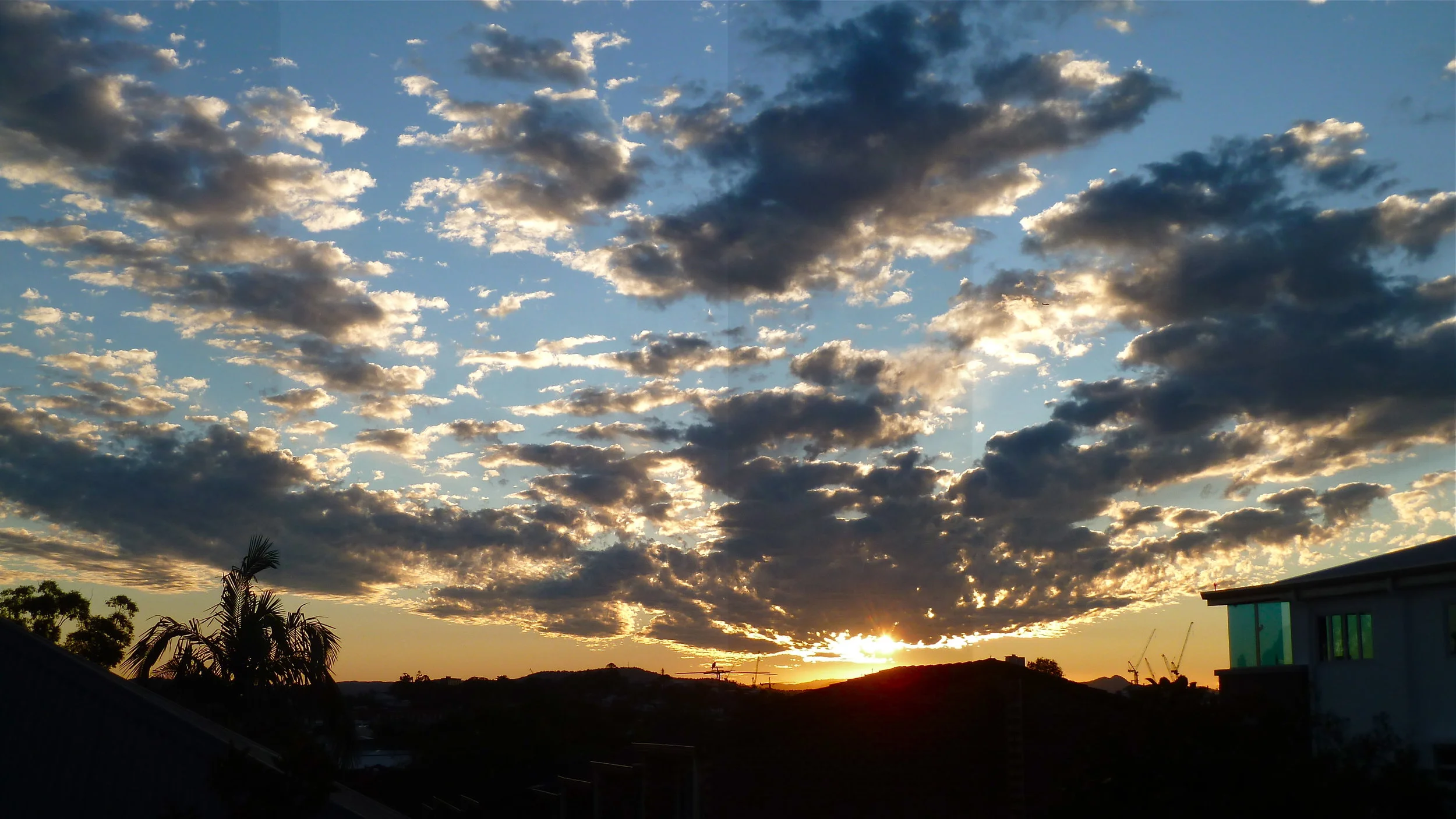Watch on weather: cyclone in July?

You may have missed this news, since the Queensland coast was never at risk of devastation, but it is remarkable nonetheless. The other night, while watching Jenny the Weather Lady on the ABC's seven o'clock news, we were jolted to attention by the mention of a possible cyclone developing over the Solomon Islands in the southwest Pacific. Hurricanes hardly ever happen in this part of world in July: actually, they've never happened in July in the zone monitored by Queensland's weather watchers by means of satellite imagery (right), here courtesy of BOM (the Australian Bureau of Meteorology).
Tropical cyclones – otherwise known as hurricanes or typhoons, depending on where you are on the planet – have an official season here, from 1 November until 10 April; that is, the southern hemisphere summer, more or less. Only once has Queensland recorded a really late cyclone, at the end of May/early June in 1972 – TC Ida. There was, however, a July cyclone off Western Australia in 1996.
Some media have reported Raquel as an early tropical cyclone, but is that accurate? It is closer in time to the end of the last cyclone season than the start of the next one.
Tropical Cyclone Raquel was tracked by BOM, but it never posed a threat to the coast of Far North Queensland, 2000 kilometres away. A cyclone warning was posted, however. The storm became a category 1 system early on Wednesday morning, and was expected to intensify into a category 2 by Thursday as it moved slowly southwest towards the Solomons, before weakening to a tropical low by late yesterday. A sister storm formed north of the equator – and was therefore a typhoon (named Chan-Hom) – threatening Guam. Unfortunately no one at BOM commented on how unusual this twinning was.
An El Niño has been brewing in the central and eastern equatorial regions of the Pacific for a few months. Cyclone Raquel's development may be connected to the warmer sea surface temperatures associated with an El Niño, but this is only speculation since BOM have no data for cyclones in July. TC Ida coincided with an El Niño event, too.

El Niño is not good news for farmers already struggling with rainfall deficits in parts of every state and territory across Australia (right). Queensland registered its warmest first half of a year ever – and didn't we know it – with record-breaking temperatures in several towns in the state's north and west.
Meanwhile, on the other side of the planet, London's Heathrow Airport hit its highest July temperature on record (since the 1870s) this week – 36.7 degrees. Ball boys collapsed at Wimbledon's tennis championship, and the Brits marvelled as they always do when tarmac softens and ice lolly shops sell out. Western Europe's current heatwave follows similar record-breaking events in India and Pakistan, the Pacific northwest of North America and parts of South America.
It seems that the Great Barrier Reef is not the only place in Australia where tourism is at great risk from climate change. There is little natural snowfall on the southern states' alpine slopes as we go into July and families head off for some early skiing in the last week of school holidays. Dependence on snow-making, even in a gadget-happy nation, is always a bit of a taboo subject among skiing fanatics, however. And you'll hear as few complaints about snow machines' carbon footprint as you do about multiple car and dog ownership.
Post script: Read the latest on a series of unseasonal storms in the western Pacific here.



